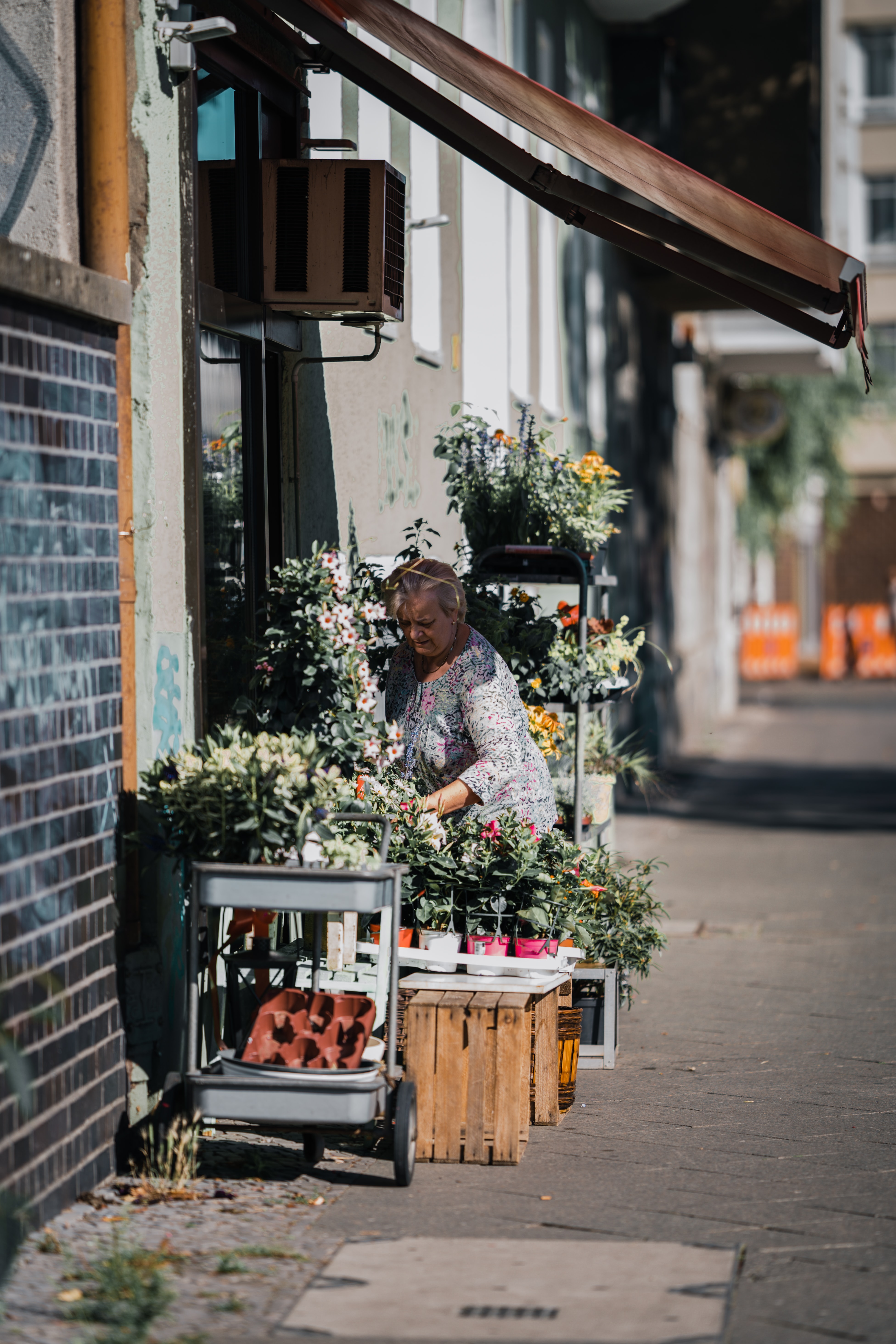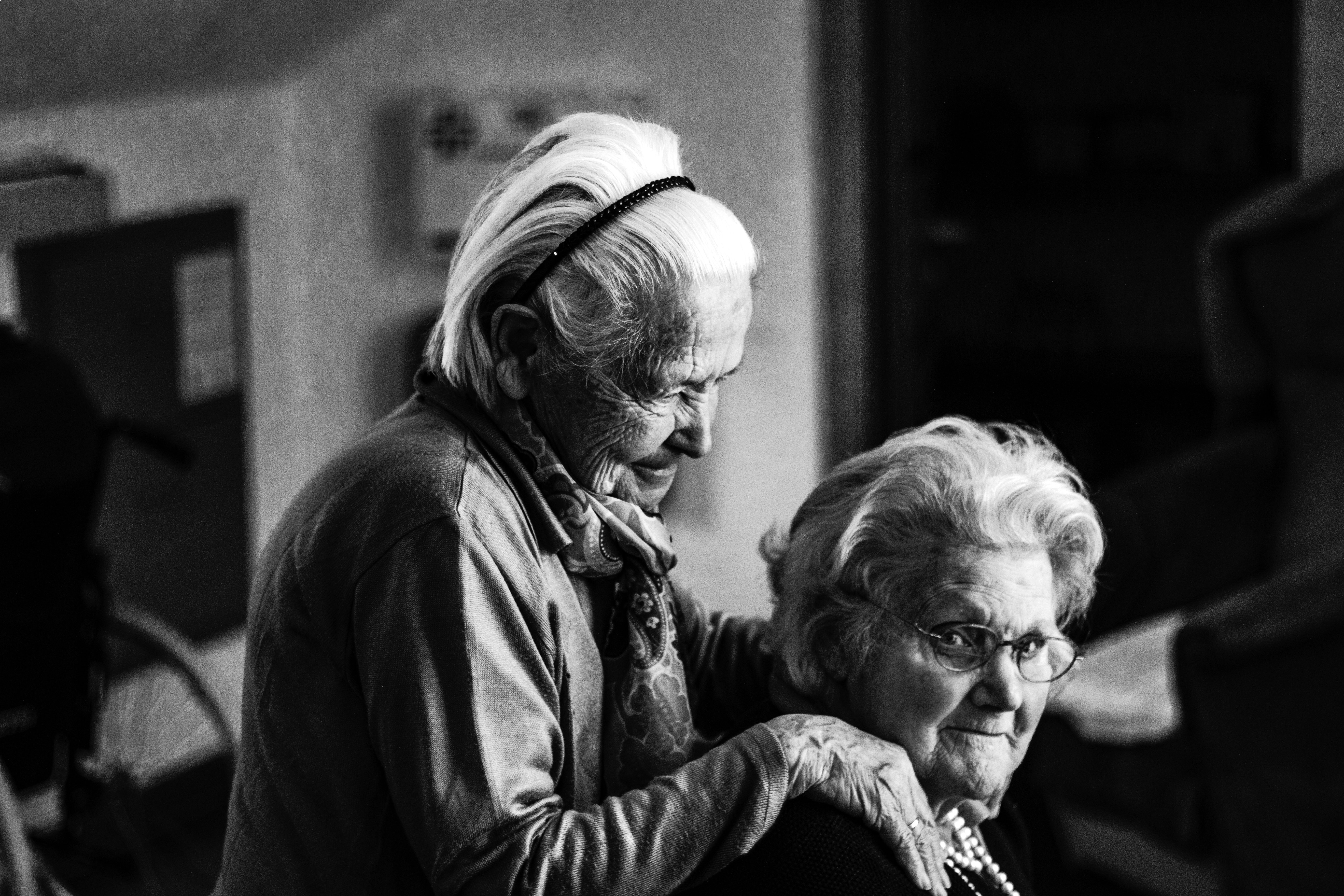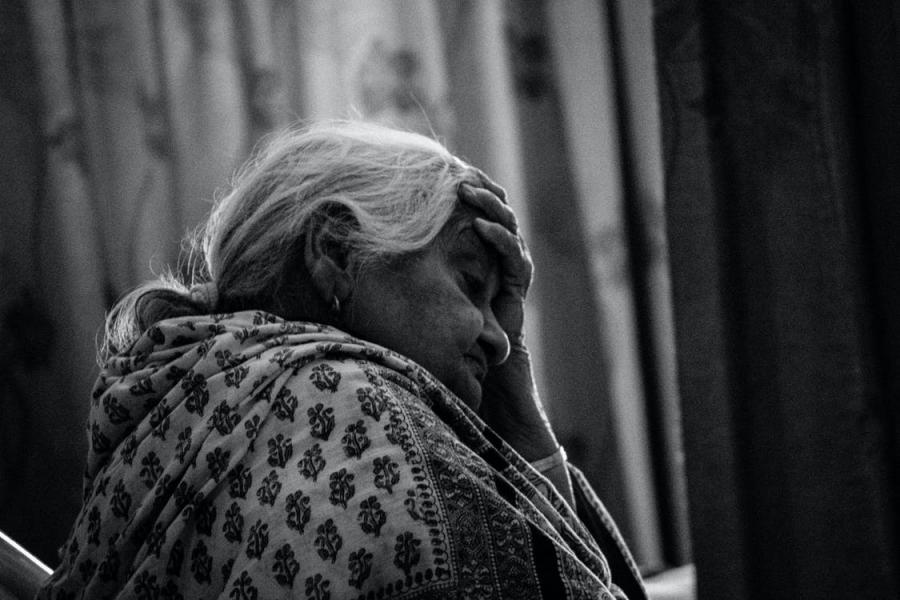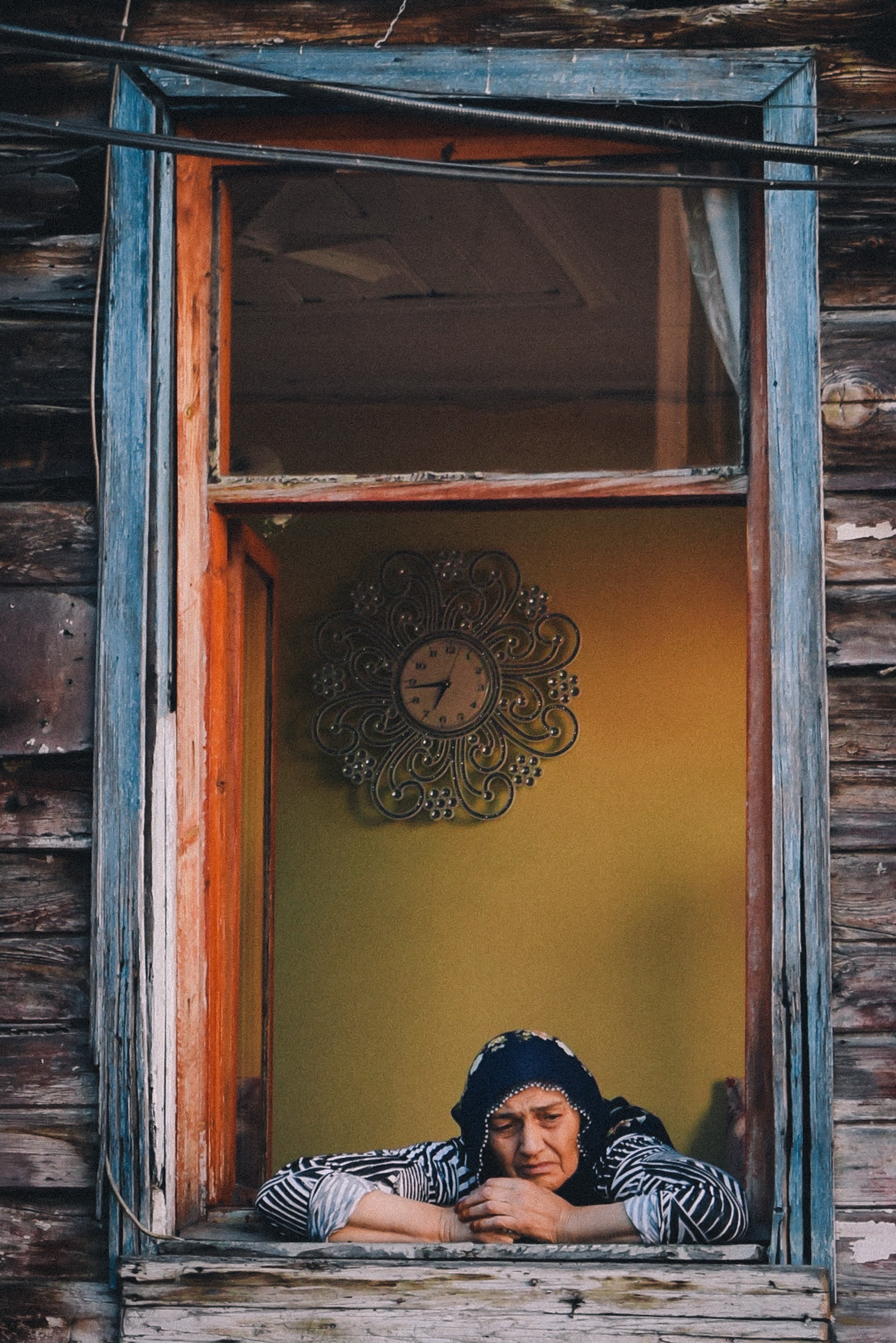To know more about Les 3 sex*'s editorial policy and texts selection, click here.
☛ Cette chronique est aussi disponible en français [➦].
Translated by Zoe Yarymowich
Trigger warning: The following text addresses sexual violence, sexual assault, and abuse. Some passages refer to specific acts of violence committed against victimized people. Some people may relive traumatic experiences (experience flashbacks) when reading this material. If you need immediate and urgent help, please call 9-1-1. For support, someone to listen, or advice about sexual violence, you can call the Sexual Assault Crisis Line at 1-888-933-9007 (confidential, bilingual, and available 24/7), for people 20 years of age and under, Tel-Jeunes offers a 24/7 chat service by text, email or online chat, as well as their helpline at 1-800-263-2266. If you need assistance with reporting a sexual assault to the authorities, you can call the Director of Criminal and Penal Prosecutions at 1-887-547-3725.

Sexual violence perpetrated against seniors is a growing phenomenon worldwide (Vierthaler, 2008). As is the case in the general population, the majority of seniors who have experienced this form of violence are women (Stöckl et al., 2012; Vierthaler, 2008).* It is estimated that nearly one quarter of elderly women have experienced at least one type of abuse, including sexual assault, since their 55th birthday (Fisher et al., 2011).
In 2016, Beaulieu et Lussier-Therrien mentioned that, “through various action plans and public policies, the Quebec government recognized sexual assault against seniors as a social and public health problem” (para. 5, translated from French). However, they also explained that, in general, only the Research Chair on Mistreatment of Older Adults seemed to truly bring the voices of elder women to the issue of sexual assault. The researchers suggested, in particular, opening up a dialogue on this subject and encouraging them to speak out on the issue that affects elderly women.

Socially, the sexuality of seniors, in particular, that of women, is generally met with discomfort (Lea et al., 2011). However, the denial of the existence and legitimacy of elderly women’s sexuality, its marginalization and the persistence of myths about sexual violence are among the factors that cause the erasure of the problem of sexual violence perpetrated against them (Baker et al., 2009). The taboo surrounding the topic must be broken and this social avoidance must be reversed by addressing an issue that has been largely ignored in scientific research and policy discourse.
Portrait of Elderly Women in Studies

The characteristics used to qualify an elderly person vary greatly from one study to another (Lea et al., 2011). Although it is possible to believe that qualitative criteria (e.g., retirement, decreased gross motor skills without pathological cause, etc.) may be appropriate to delineate the notion of being old, it seems that age is the most frequently used parameter in research, with the minimum age to be considered elderly ranging between 50 and 65 years-old (Teaster et al., 2015). The majority of elderly women represented in studies of sexual violence are white women, although some studies have offered some diversity by also interviewing racialized women (Eckert and Sugar, 2008; Fisher and al., 2011; Lea and al., 2011; Teaster and al., 2015). The issue of racialization deserves to be addressed from a more intersectional point of view, including notions of power and oppression.
It is not enough to collect data on participants' ethnic, cultural and racial backgrounds to claim to be able to draw conclusions about their influence on the experience of sexual violence; they must also be mobilized wisely, sensitively, and accurately (Bourque and Maillé, 2015; Harper and Kurtzman, 2014).
Elderly women who have experienced sexual violence and who are represented in research most often have a psychiatric disorder at the time of the event, most often dementia or a delusional disorder (Eckert and Sugar, 2008; Teaster et al., 2015), or even a physical disorder, such as osteoporosis, cerebral palsy or Parkinson’s disease (Teaster et al., 2015).
Age was therefore conceptualized in an intertwined manner with the issue of health status, showing once again, that if need be, the existing challenges of identifying the particularities of sexual victimization associated with age and those associated with health status.
What are the Particularities of Sexual Assault Experienced by Elderly Women?
Most sexual assaults perpetrated against elderly women take place in seniors’ residences (Eckert et Sugar, 2008) and at night (Lea et al., 2011). Compared to younger women, elderly women are more likely to experience sexual assault by someone in a position of authority, someone providing health care or services, or by an unknown person, but are less likely to experience a sexual assault by a spouse or significant other (Eckert and Sugar, 2008; Teaster et al., 2015).
Some studies report that elderly women are also less likely than younger women to report having been strangled, beaten, restrained, and threatened verbally or with a weapon during a sexual assault (Eckert et Sugar, 2008), while others report rather that there is no difference between these two age groups in the use of weapons, sexual acts committed and the degree of violence used during the sexual assault (Lea et al., 2011).
The majority of sexual assaults reported in studies refer to phallo-vaginal contact (Eckert and al., 2008; Teaster et al., 2015), although other behaviours are also considered, such as inappropriate and unsolicited displays of sexual interest in the elderly woman’s body (Teaster et al., 2015).
It is important to note that compared to elderly women who have not experienced physical, verbal or psychological violence or abuse, those who have are more likely to have also experienced sexual assault (Fisher et al., 2011).

The Phenomenon of Sexual Violence Against Elderly Women: Prevalence and Associated Factors
According to a study by Fisher and colleagues (2011), 3% of women have been sexually assaulted at least once since their 55th birthday. However, this prevalence is difficult to establish because of the wide variability of definitions used to delineate and identify sexual assault (Beaulieu and Lussier-Therrien, 2016). The small proportion of sexual assault cases that are reported makes it even more difficult to establish its prevalence (Cook et al., 2011; Eckert and Sugar, 2008).
Current knowledge suggests that elderly women with intellectual disabilities (Cambridge et al., 2011), cognitive impairments or psychiatric disorders (Peisah et al., 2008) are more at risk of experiencing a sexual assault than those that do not present any of these disorders because they are more vulnerable to manipulation and tend to be less likely to report or are believed less when they do report (Vierthaler, 2008).
Women who live in seniors’ residences are also more at risk to experience sexual assault than those who do not, because of their exposure to other residents in their living environment, as well as staff members on whom they depend for access to care and services in their residence (Kennelly et al., 2011; Vierthaler, 2008). Indeed, according to Ramsey-Klawsnik and colleagues (2008), 43% of sexual assaults committed in seniors’ residences were perpetrated by staff members and 41% by other residents of the facility, and mostly by men (close to 90%). Moreover, staff turnover caused by poor working conditions in these residences also constitutes a risk factor for sexual assault for the women living there (Teaster et al., 2015), adding to the concerns exacerbated by the COVID-19 pandemic regarding the abuse and negligence experienced by the elderly population.
Elderly women who have experienced sexual assault are less likely to report their assault themselves compared to younger women (Eckert and Sugar, 2008), in part because the culture desexualizes elderly women, resulting in a reluctant attitude and discomfort with discussing their sexuality (Beaulieu and Lussier-Therrien, 2016; Vierthaler, 2008), and feelings of shame and guilt, as well as a fear of stigma, isolation and deprivation of care and services (Cook et al., 2011; Fisher et al., 2010). In addition, some elderly women have difficulty recognizing or remembering the sexual assault, which decreases the likelihood that they will report the event themselves (Eckert and Sugar, 2008; Fisher et al., 2011). For those who do, however, there are only very few support resources adapted to their needs or able to receive their report (Connolly et al., 2012; Lea et al., 2011).

How Does Sexual Assault Affect the Lives of Elderly Women?
Similar to younger women, elderly women who have experienced sexual assault are more likely to experience depression (Fisher et al., 2011) and nervousness (Cook et al., 2011), anxiety (Fisher et al., 2011), fear, confusion, and anger than women who have not experienced sexual assault (Cook et al., 2011; Vierthaler, 2008).
Some of the repercussions of sexual assault that affect elderly women are more specific to their age group. Compared to women of the same age who have not experienced sexual assault, those who have are more likely to report several physical health issues (Fisher et al., 2011). In addition, repeated or co-occurring assaults - which occur in conjunction with other forms of violence or abuse - increase the likelihood that they will report joint or bone problems as well as chronic pain and lung problems (Fisher et al., 2011). Similarly, the trauma caused by sexual assault, whether emotional or physical, can be severe enough to precipitate the death of the person that experienced the assault because of the great stress it can cause (Vierthaler, 2008). Women aged 55 and older are even more likely than younger women to be admitted to the hospital after a sexual assault, particularly for physical trauma (fractures, hematomas, head traumas), genital tract infections and cardiac arrhythmia (Eckert and Sugar, 2008).

Recommendations at All Levels

According to Teaster and colleagues (2015), when an elderly woman reports having experienced a sexual assault, she should be offered three options: (1) the possibility of changing her living arrangements (e.g., changing residence); (2) a change in the care plan that incorporates post-assault needs; and (3) the option of obtaining specialized professional help (sexology or psychology) to address the sexual victimization.
At the institutional level, Vierthaler (2008) suggests that all institutions serving a population of elderly women adopt strict protocols for the prevention of sexual assault and the reception of their disclosure. Indeed, these institutions should provide ongoing training to their employees about sexual assault and other forms of violence and abuse against elderly women, in addition to screening staff members for criminal records (Ramsey-Klawsnik et al., 2008 cited in Beaulieu and Lussier-Therrien, 2016). In addition, security within these institutions should also be increased, considering that the majority of aggressors are residents or employees (Beaulieu and Lussier-Therrien, 2016).
While elderly women are unlikely to report their sexual assault, they do tend to report their health problems. For this reason, researchers suggest that professionals working with an elderly population pay particular attention to the health problems associated with sexual violence, such as chronic pain or vaginal infections (Fisher et al., 2011). Other researchers suggest that the relatives of elderly women should pay attention to certain signs that may raise red flags, such as the discovery of bruises or a sudden refusal to wash the genital area (Eckert and Sugar, 2008). In addition, health care providers of elderly women should routinely ask them about the possibility that they have experienced any form of violence or abuse, including psychological, verbal and physical or sexual (Fisher et al., 2011). They should also keep in mind that these different forms of abuse and violence are often co-occurring among these women and that they may not disclose the abuse even when asked explicitly (Fisher et al., 2011).
It is essential that training programs be provided to staff members so that they can both identify the signs of sexual assault and have the tools to establish a dialogue or adequately respond to disclosures (Vierthaler, 2008 cited in Beaulieu and Lussier-Therrien, 2016). According to Vierthaler (2008), it is essential to restore the power to act to people who have experienced sexual assault so that they can regain control of their lives. To do this, it is suggested that multidisciplinary teams be formed to provide a range of services and personalized support to elderly women who have experienced sexual assault.
At the same time, future research on the sexual victimization of elderly women should focus on their health and well-being as well as on the judicial response to the sexual crimes they face with the goal of increasing the vigilance of professionals, the recognition of people who have experienced sexual assault and the adaptation of the services available to them (Lea et al., 2011). Lea and colleagues (2011) also point out that the erasure of elderly women’s sexuality in research and pop culture is an issue that must be diligently addressed to allow for greater recognition of the existence and significance of sexual assault that these individuals experience.

Between What We Know and What We Don’t Know
Despite the few studies that have been conducted with elderly women who have experienced sexual assault, many elements still remain in the blind spot of science. Factors of adversity and oppression such as racism, heterosexism, poverty, colonialism, or even having a history of victimization have not been considered in the majority of research, even though the influence of these factors on life courses has been recognized repeatedly (Bourque and Maillé, 2015; Fargo, 2009; Harper and Kurtzman, 2014).
Despite this, positive initiatives continue to contribute to the prevention of sexual violence and to fight against the erasure of sexual problems encountered by seniors. This is particularly the case for the Research Chair on Mistreatment of Older Adults, which works to raise awareness of senior abuse issues, as well as the Governmental Action Plan to Counter Mistreatment of Older Adults (2017-2022), which proposes some actions to prevent abuse. These actions include the implementation of education programs for the relatives of elderly people to enable them to recognize the signs of abuse, the promotion of awareness tools and good treatment practices for the general population and for people working with seniors, the adaptation of policies against abuse in the various areas of the life of seniors, etc.
However, such initiatives do not directly target sexuality and tend to perpetuate the erasure of sexual issues encountered by the elderly population, particularly women. The proposed actions are based on an underestimated prevalence of sexually violent situations experienced by elderly women and, consequently, the proposed mobilizations to counter such violence are proportionally less numerous than those aimed at fighting against financial abuse, for example (Fisher et al., 2011; Ministère de la Famille – Secrétariat aux aînés, 2017; Teaster et al., 2015).
This is a societal problem and will need to be addressed as a society. This means that every department, every community, every group, and every individual must make efforts to promote the sexual health of elderly women… starting with an awareness of their own prejudices about their sexuality.
*In this text, the term woman refers to a person who identifies with the female gender, and who considers herself to be feminine, whether physically, mentally or emotionally. Similarly, the term man refers to a person who identifies with the male gender, and who considers himself to be masculine, whether physically, mentally or emotionally. It is, therefore, an identity that goes beyond the notion of biological sex or gender assigned at birth. It is important to note, however, that in the studies reviewed, these definitions may be different - and less affirming.
To cite this article:
Toupin, A. (2020, November 17). Sexual Violence and Elderly Women: A Portrait of a Misunderstood Problem. Les 3 sex*. https://les3sex.com/en/news/1539/chronique-sexual-violence-and-elderly-women-portrait-d-un-probleme-meconnu

Comments